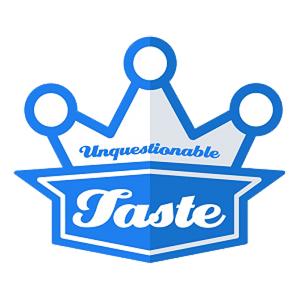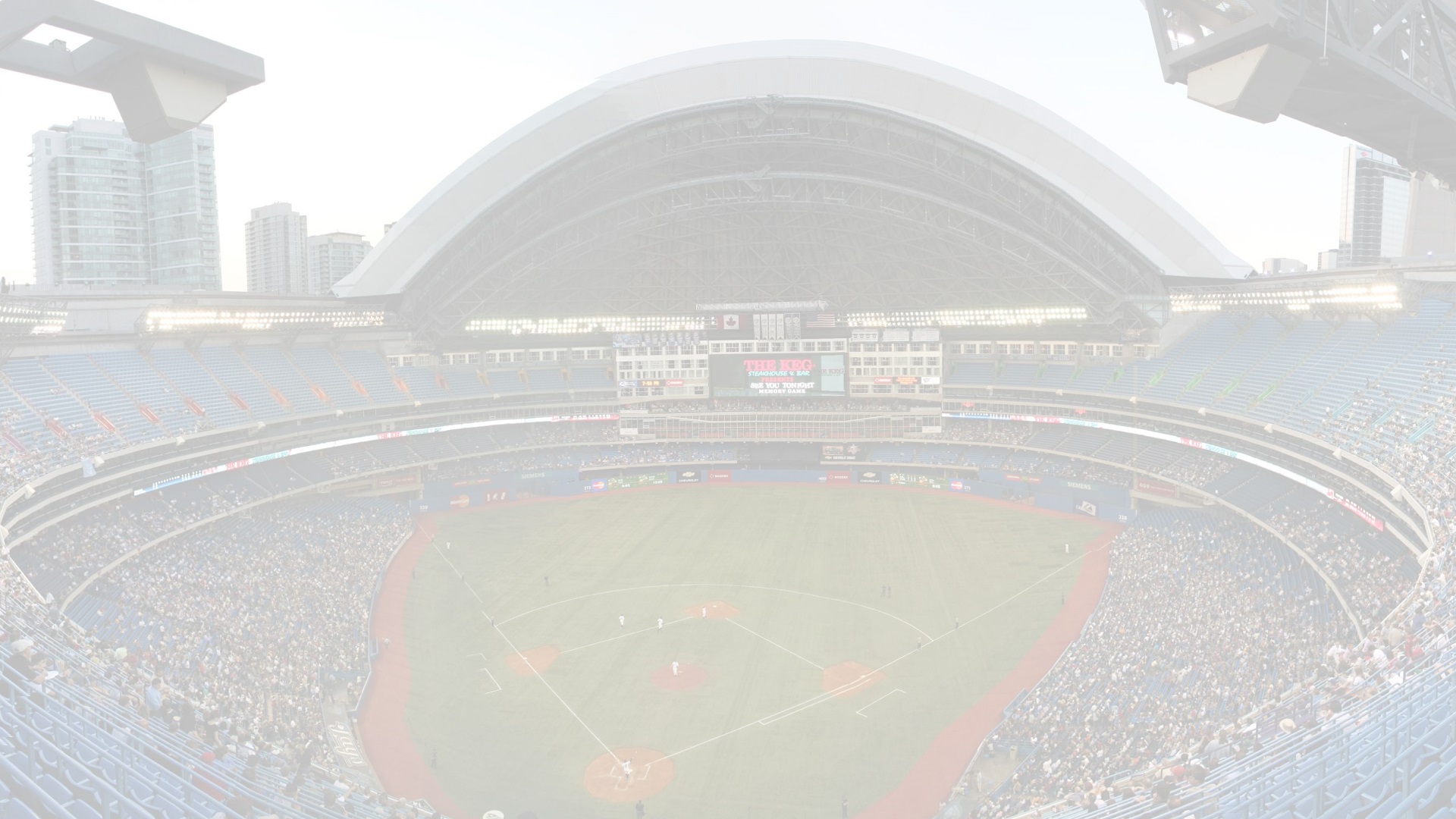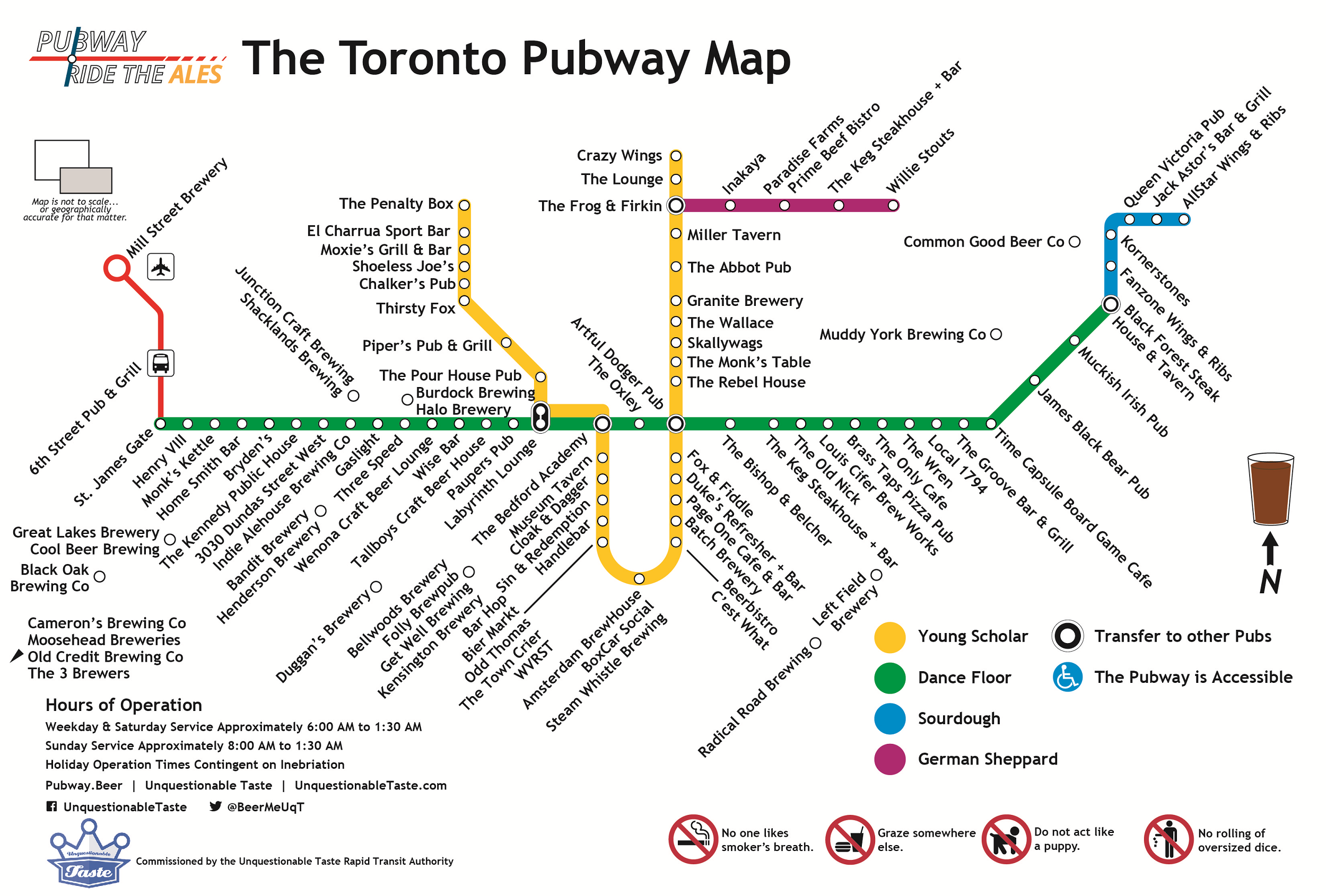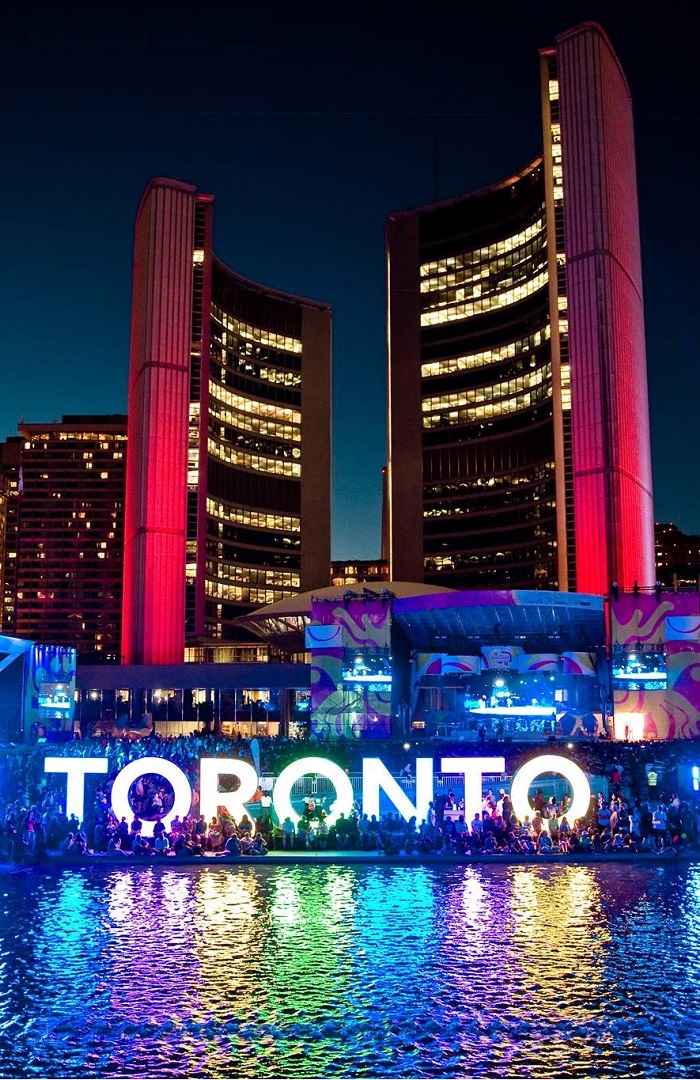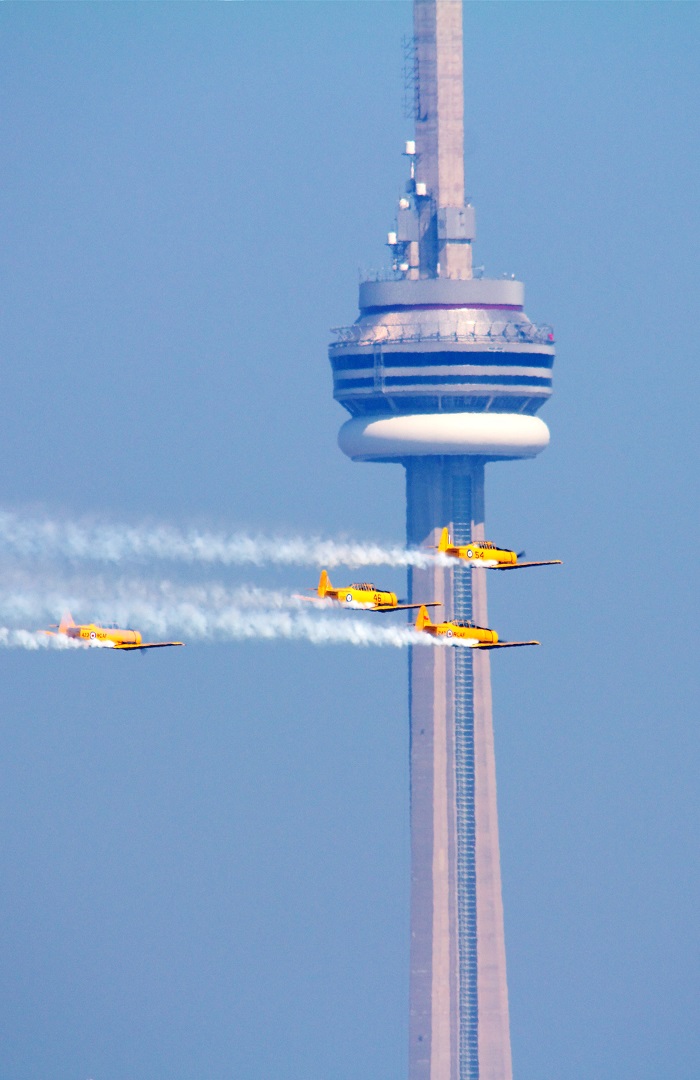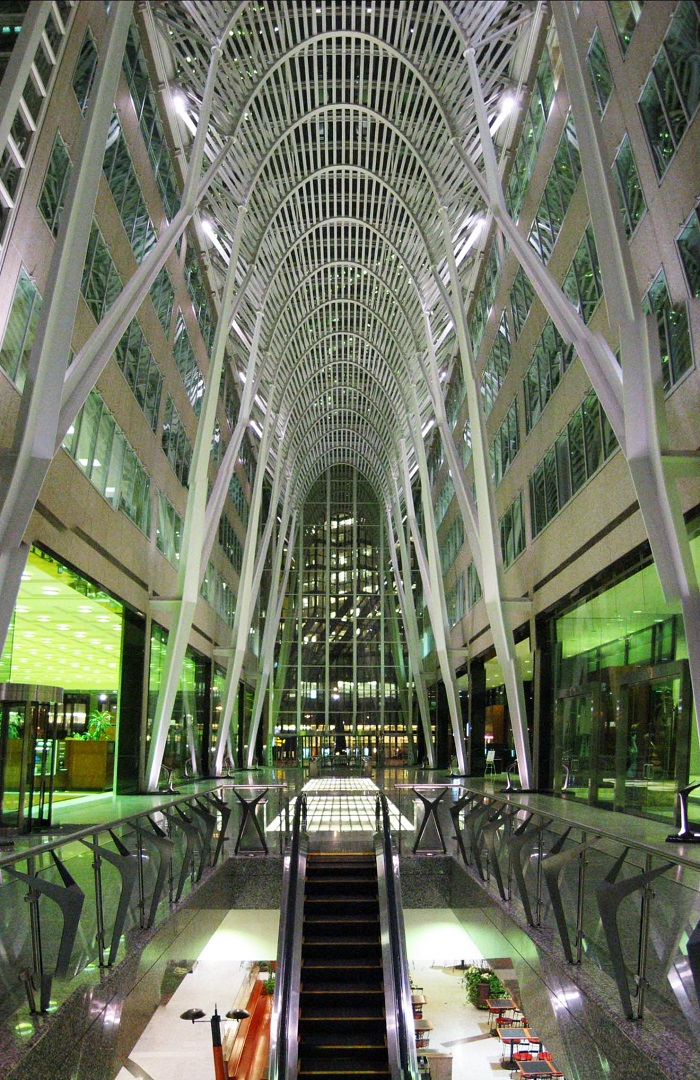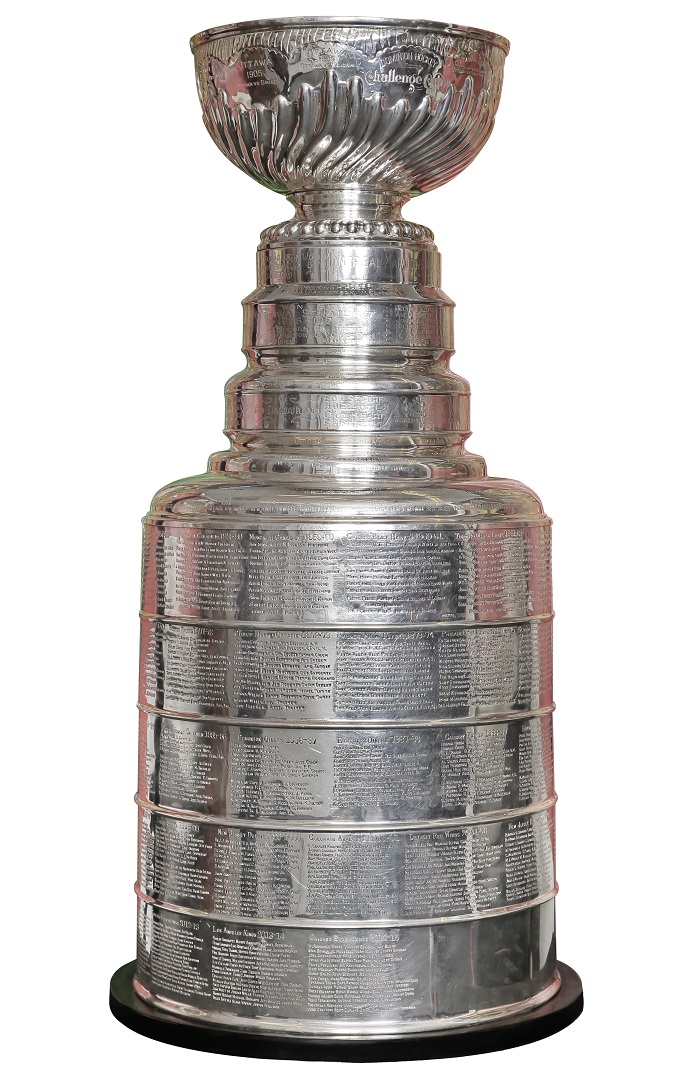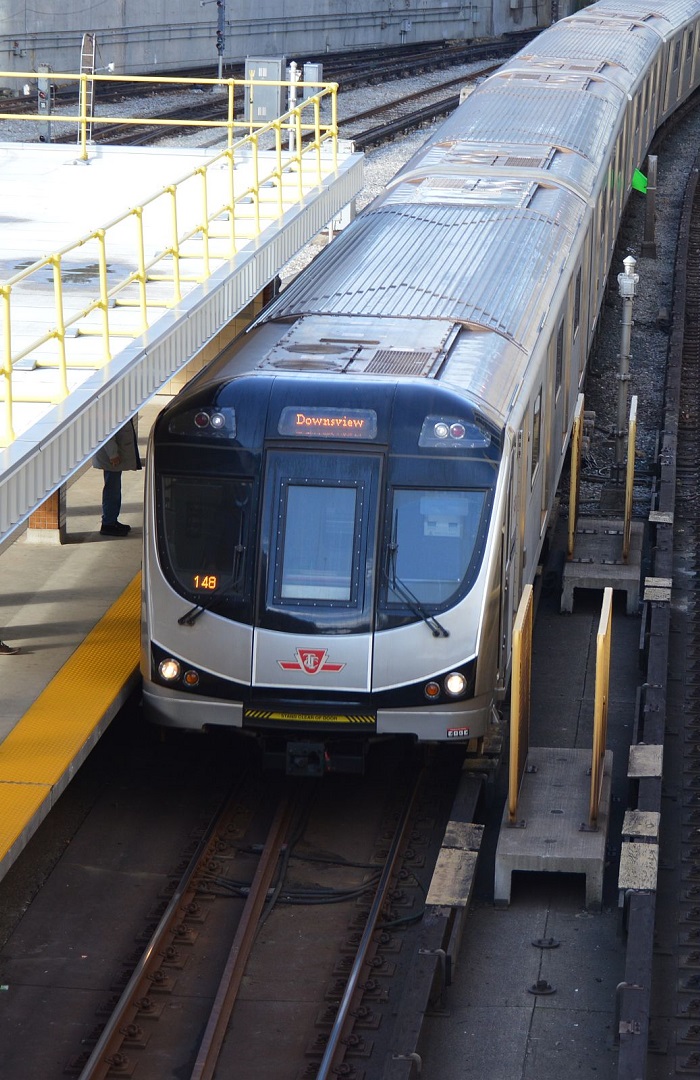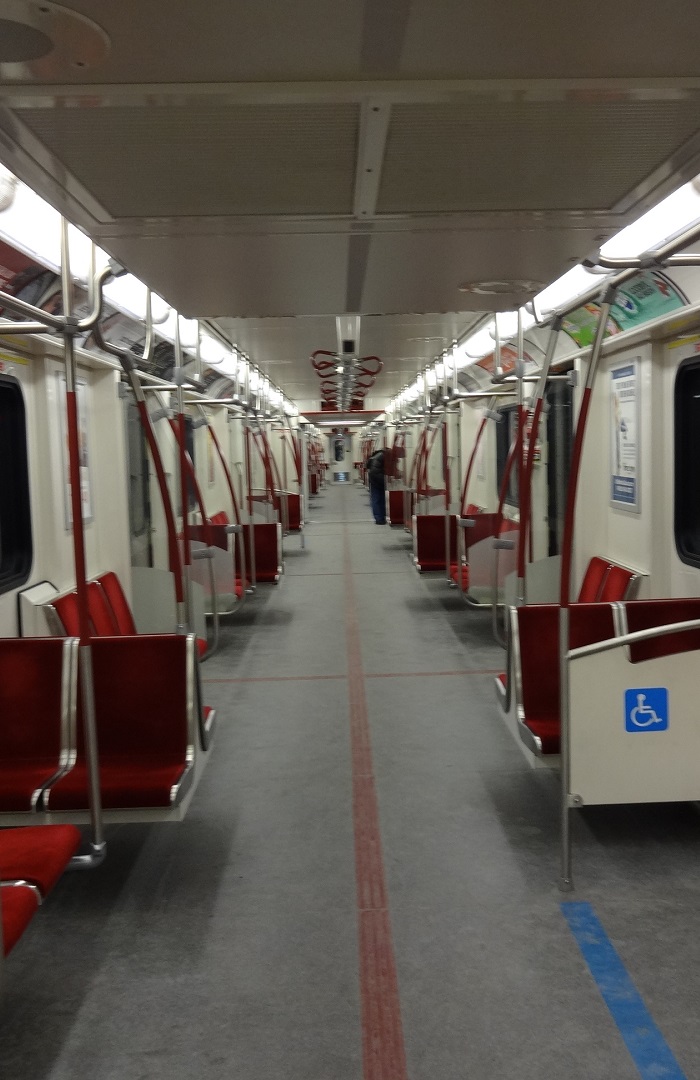The City of Toronto has a GMP of more than $250 Billion (USD) and represents 20% of the entire Canadian GDP. And while the Greater Toronto area produces more than half of Canada’s manufactured goods, its economy continues to grow at an impressive pace. The region is served by Go Transit, the metro area’s commuter rail service, and by the Toronto Transit Commission otherwise known as the TTC. The agency operates bus, street car, subway, and paratransit services, with about 750 miles of total revenue routes and more than three thousand revenue vehicles in service. The TTC is the third most heavily used mass transit system in North America, after New York City’s MTA, and Mexico City’s Metro. The four rapid transit subway lines total 47.8 miles (76.9 km) and are built on the same gauge as the city’s street car system, known as Toronto Gauge (4 feet, 10 and 7/8 inches – 1,495 mm). There are 75 rapid transit stations and 685 street car stations across the system. Much like the other remaining streetcar systems across North America, Toronto’s network dates back from the 1800s, however, unlike most of these systems, the Toronto Streetcar remains an important, heavily used part of the overall transportation infrastructure, connecting many of the suburbs to downtown. The subway opened on March 30th, 1954 as the Yogne Subway, currently known as the Yonge-University Line 1 (Yellow). There is a fifth line, a 12 mile light rail line with 25 stations being constructed (Eglinton Line 5), and further plans for expansion include three more light rail lines (6-8) totaling 25 miles and 74 stations. The latest trains, known as the “Toronto Rocket” are the fifth generation of rolling stock in the system. Constructed by Bombardier Transportation in Thunder Bay, Ontario, the stainless steel trains (80 currently on order) contain up to six cars each and can move about 1,450 passengers at a max speed of 47 mph (design top speed of 55 mph). The trains are the first trains equipped with fully-open gangways, allowing passengers to easily walk the entire length of the train. They are only used on Lines 1 and 4 and are compatible with automated communications based-train control (being installed on these two lines) which allows for more accurate, more efficient, and safer train traffic management. The name was chosen through a contest open to the public, and the trains themselves are funded jointly by the City of Toronto, the Province of Ontario, and the Government of Canada.
